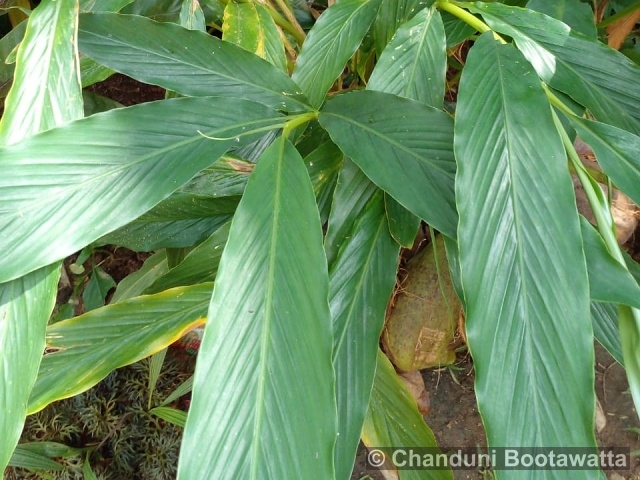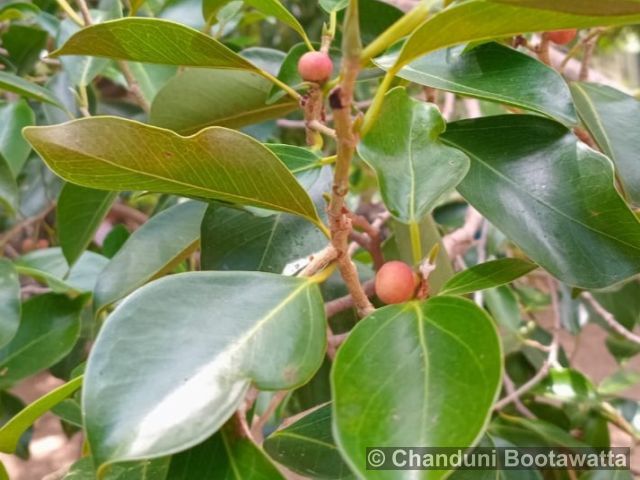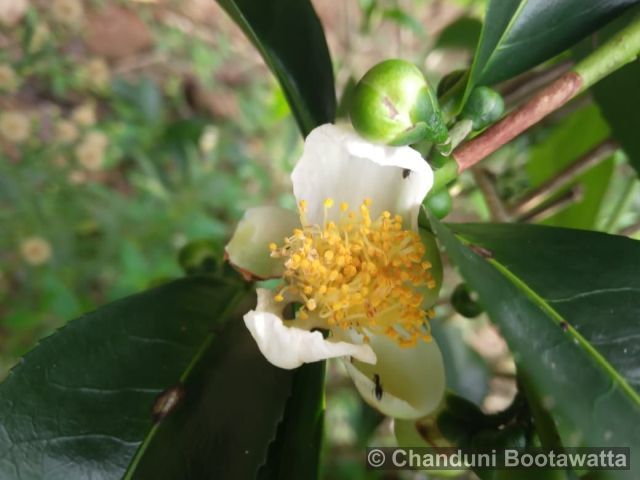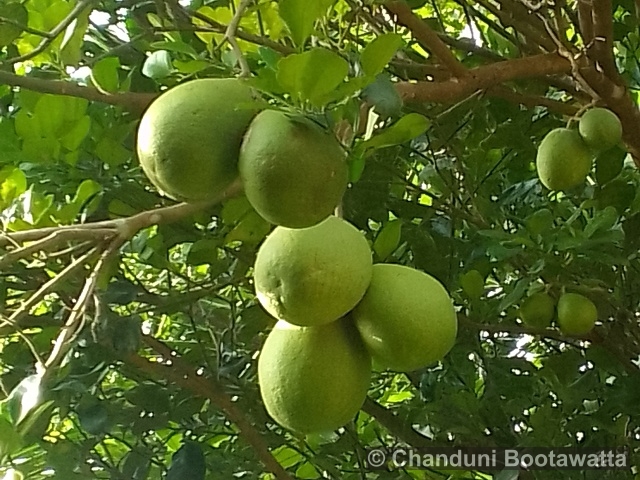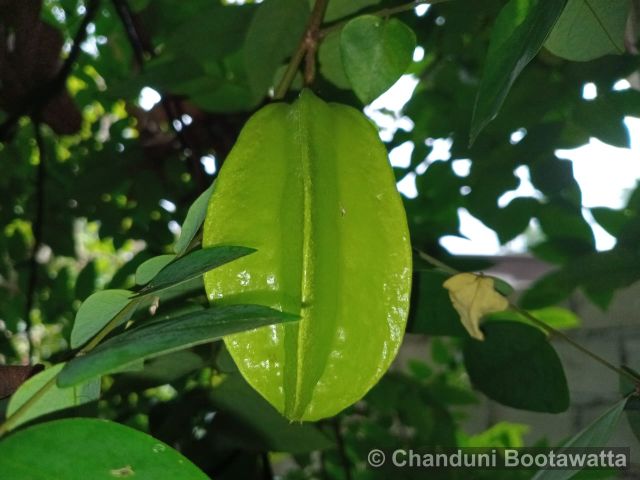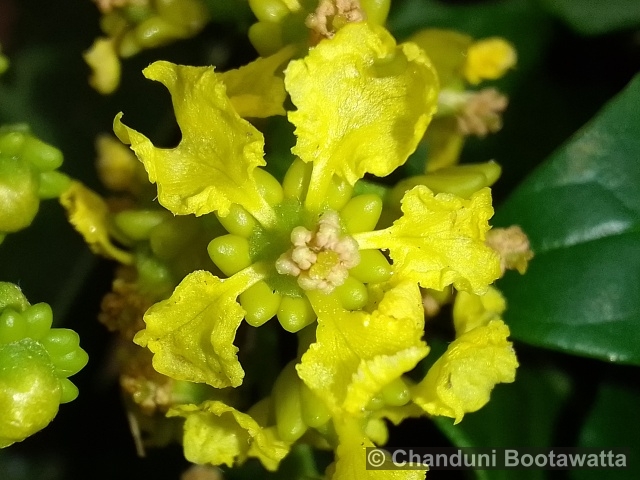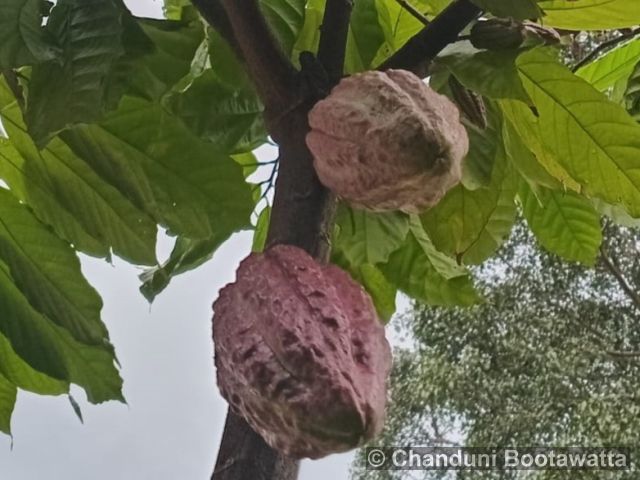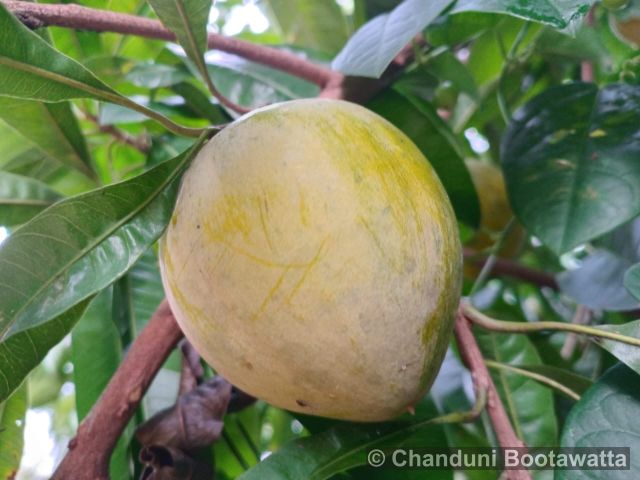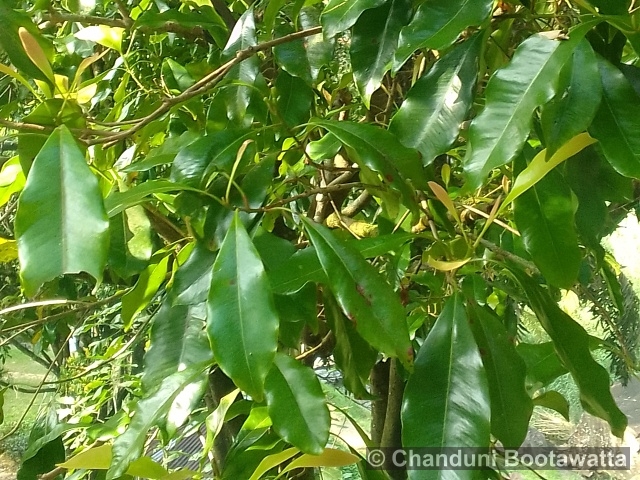Tento příspěvek byl přečten168krát!
Peppercorn, Piper, Black peppercorn
Family: Piperaceae
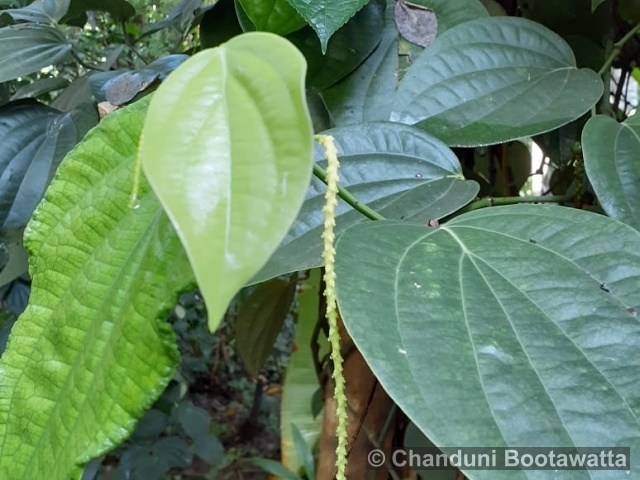
Description: Its glossy, heart-shaped leaves grow alternately on the vine, while small, white flowers with spiked clusters emerge in clusters along the stem. The fruit of Piper nigrum is known as a peppercorn, which starts green and ripens to red before drying to a black color.
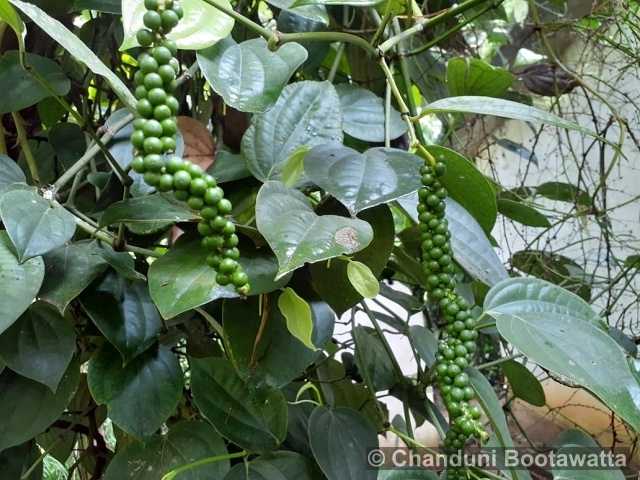
Substitutions: Szechuan Peppercorns – Also known as Chinese peppercorns, Szechuan peppercorns have a citrusy and slightly numbing flavor profile. They can be used as a substitute for black pepper in dishes where a more complex and spicier flavor is desired. Piper longum – Long, slender spikes contain small, round fruits that are harvested for both culinary and medicinal purposes. Piper longum is renowned for its pungent flavor and is often used in traditional Ayurvedic medicine for digestive health and respiratory ailments.
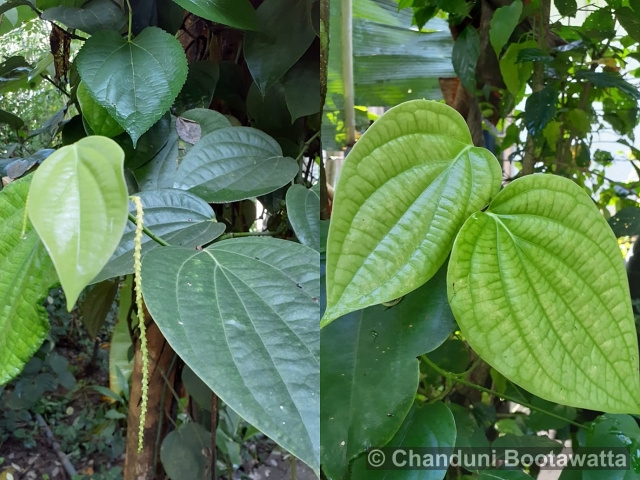
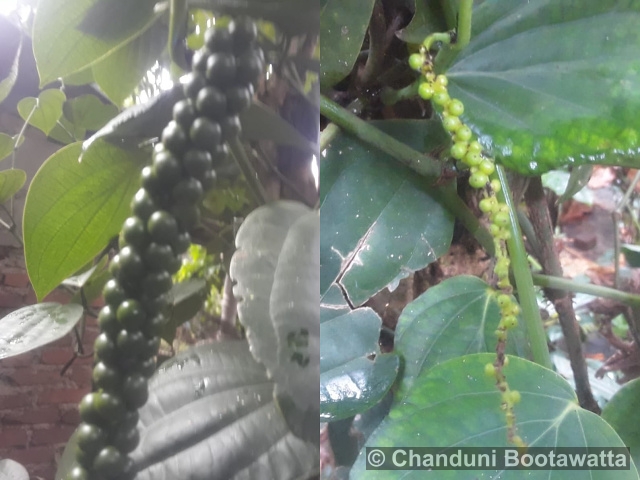
Ecology: Piper nigrum thrives in warm, humid climates with temperatures ranging between 25-30°C (77-86°F) and high rainfall, typically around 2000-3000 mm annually. It requires well-drained, fertile soils with a pH range of 5.5 to 6.5, rich in organic matter and with good moisture retention. Also Piper nigrum prefers areas with a tropical monsoon climate, characterized by distinct wet and dry seasons, to support its growth and fruit production.
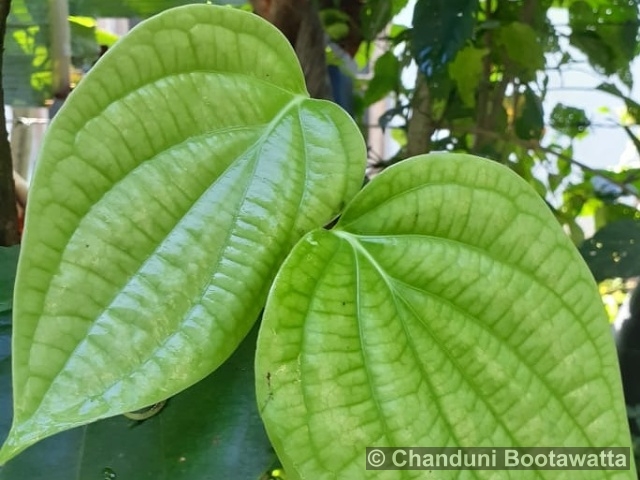
General Distribution: Widely distributed across tropical regions of the world, including South and Southeast Asia, as well as parts of Africa, Central America, and South America.
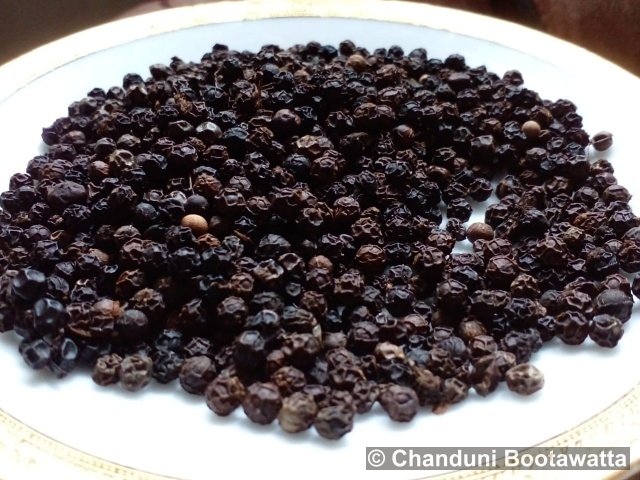
Use: Black pepper is widely used as a seasoning in cuisines around the world for its pungent flavor and medicinal properties, including aiding digestion and acting as an antioxidant.
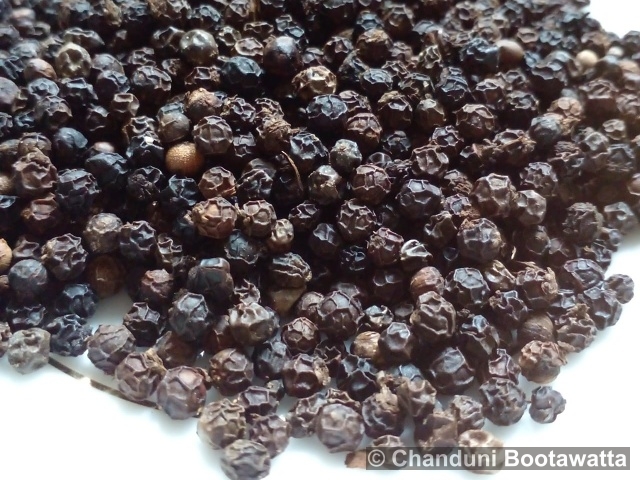
Author of text and photos: Chanduni Bootawatta.
Photographed in Bandarapola Agricultural Farm, Sri Lanka on 17/03/2024.



 Poslat emailem
Poslat emailem
